Entries Tagged 'Radio' ↓
October 2nd, 2009 — Books, Business, Controversy, Entertainment, History, Internet, Media, Music, NONFICTION, Pop Culture, Radio, Technology, Youth
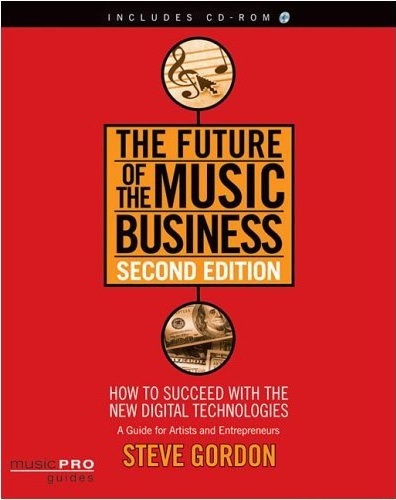


When 19-year-old computer geek Shawn Fanning created and released Napster, his internet file-sharing application, 10 years ago, he had no idea that his little experiment would completely overturn the massive, multi-billion music business. He just wanted a way to share digital music with friends. But what started as an experiment by a bored college student quickly became the loose bolt that would yank the industry from its rapidly rotating axle.
Fanning and Napster were quickly lambasted by many, hailed as heroes by many more. But their story is only a small part of what Chicago Tribune music critic Greg Kot, in his new book, Ripped: How the Wired Generation Revolutionized Music, above, calls “the laptop generation”:
An uprising led by bands and fans networking on the Internet. Ripped tells the story of how the laptop generation created a new grassroots music industry, with the fans and bands rather than the corporations in charge.
Those businesses fell apart not only because the technology made change irresistible, but also because, for years, the business refused to come to grips with what was happening to their field. That’s the subject of Rolling Stone contributing editor Steve Knopper‘s text, Appetite for Self-Destruction: The Rise and Fall of the Record Industry in the Digital Age, above middle. In Knopper’s opinion,
after the incredible wealth and excess of the ’80s and ’90s, Sony,
Warner, and the other big players brought about their own downfall
through years of denial and bad decisions in the face of dramatic
advances in technology.
Greg Kot and Steve Knopper are guests today on my WBAI-NY / 99.5 FM radio show, NONFICTION, this afternoon, Friday, October 2, at 2 pm ET.
But they’re talking about how we got here. What should an artist do, in today’s realm, to manage a career in the digital age? Attorney Steve Gordon‘s book, The Future of the Music Business: How to Succeed with the New Digital Technologies, above top, is designed as a guide for the artist / entrepreneur who wants to take control of their career. It
provides a legal and business roadmap to artists, music industry professionals, entrepreneurs and attorneys. It focuses on the rules pertaining to the music business and the new digital music industry, how artists and entrepreneurs can use the new technologies to succeed, new business models, plus interviews with artists and entrepreneurs who are inventing the future of the music business.
You can hear Kot’s, Knopper’s, and Gordon’s ideas by tuning in at 2 pm. If you’re outside of the New York tri-state, check out our stream on the web. If you miss the live show, dig into our archives for up to 90 days after broadcast.
August 21st, 2009 — Advertising, Art, Automotive, Design, DVD, NONFICTION, Pop Culture, Radio, Science-Fiction, Technology
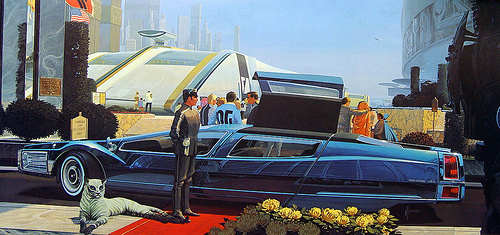


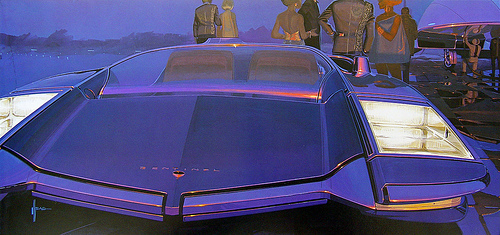

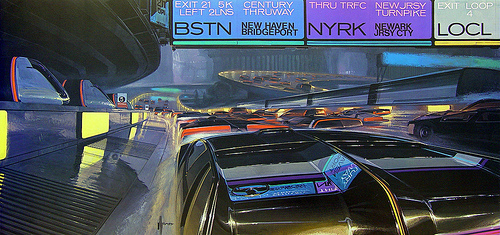
For years, conceptual designer Syd Mead has been the man to whom companies go when they need to advance an audacious vision of the impending future.
Sydney Jay Mead was born in 1933, in Saint Paul, MN, to a Baptist minister and his wife. After graduating from the Art Center in Los Angeles in 1959, he worked at Ford Motor Company’s Advanced Styling Center in Dearborn, MI for two years. He then spent part of the next decade rendering now legendary concept illustration for U.S. Steel, above. “He painted,” one Mead fan site notes, “using a slick, detailed method that made the future seem fresh, clean, and thrilling.” He started Syd Mead, Inc. in 1970.

 Soon, Hollywood came calling with movies that required his ultra-hard, visually authentic and tactile designs. (Mead lists his favorite metal as “chrome,” and his favorite color is, gulp, “Cherenkov radiation blue.”) His indelible technological notions were then emblazoned on sci-fi like Star Trek: The Motion Picture, Aliens, and Tron. (Indeed, some would argue that his US Steel snow walker, above right, obviously influenced another one in a galaxy far, far away, below right.)
Soon, Hollywood came calling with movies that required his ultra-hard, visually authentic and tactile designs. (Mead lists his favorite metal as “chrome,” and his favorite color is, gulp, “Cherenkov radiation blue.”) His indelible technological notions were then emblazoned on sci-fi like Star Trek: The Motion Picture, Aliens, and Tron. (Indeed, some would argue that his US Steel snow walker, above right, obviously influenced another one in a galaxy far, far away, below right.)

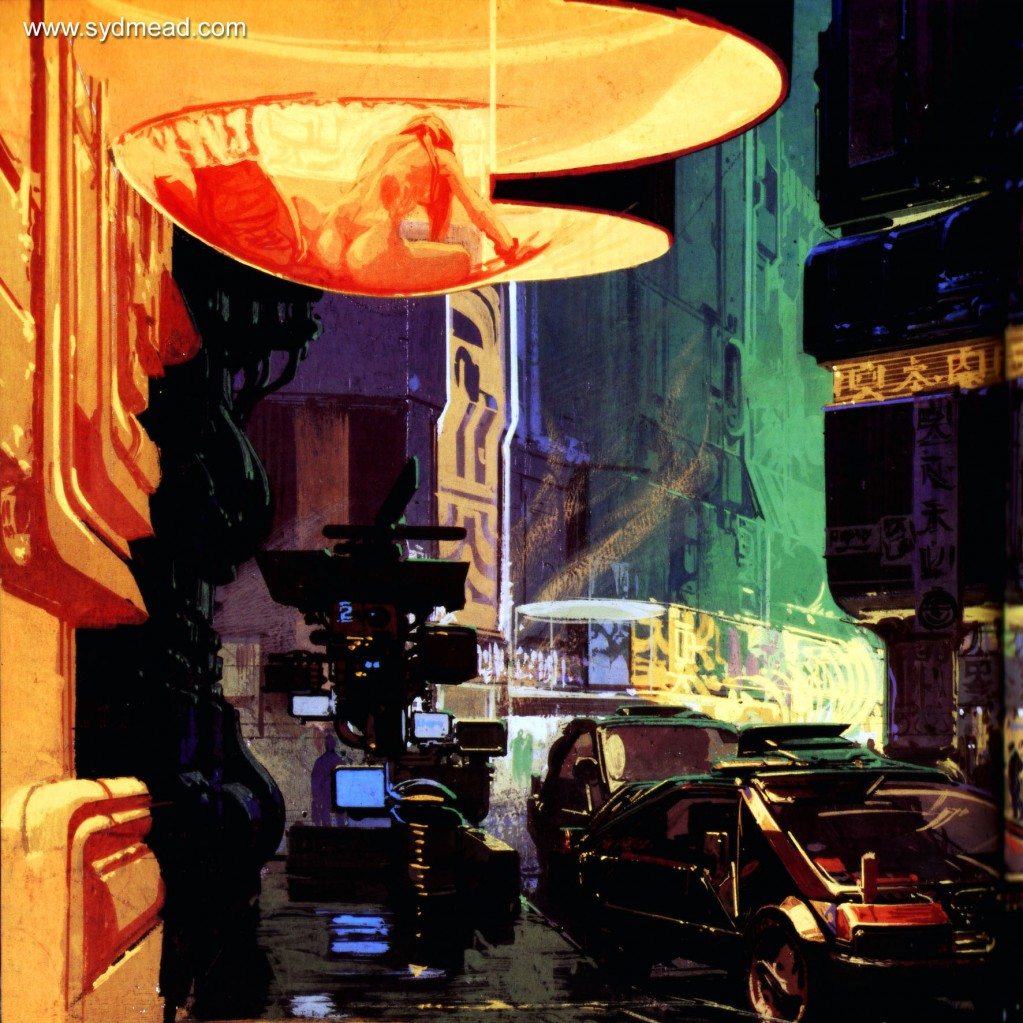
 But it was Blade Runner, right, Ridley Scott’s 1982 classic, on which Mead’s dystopic gigalopolis, both below right, most sears every frame. “In essence,” says author Paul Sammon (Future Noir: The Making of Blade Runner), “what you’re seeing in many shots are almost three-dimensional representations of Syd Mead’s art.”
But it was Blade Runner, right, Ridley Scott’s 1982 classic, on which Mead’s dystopic gigalopolis, both below right, most sears every frame. “In essence,” says author Paul Sammon (Future Noir: The Making of Blade Runner), “what you’re seeing in many shots are almost three-dimensional representations of Syd Mead’s art.”
Sammon, Mead, director Steven Lisberger (Tron) and other industry vets testify in director Joaquin Montalvan’s 2005 documentary, Visual Futurist: The Art & Life of Syd Mead. The film tells Mead’s story from his own perspective, as well as from that of the people with whom he’s worked. It’s a rich document about a little-known man, but one whose whose ideas are deeply and widely embedded in American popular culture.
Joaquin Montalvan is a guest today on my WBAI-NY / 99.5 FM radio show, NONFICTION, this afternoon, Friday, August 21, at 2 pm ET.
But first we’ll speak to Jason Del Gandio, author of Rhetoric for Radicals: A Handbook for 21st Century Activist, a guide for the ultra-political on how to effectively communicate. “Here’s the underlying logic” of his book, Del Gandio says:
• Change the rhetoric and you change the communication.
• Change the communication and you change the experience.
• Change the experience and you change a person’s orientation to the world.
• Change that orientation and you create conditions for profound social change.
You can hear Jason Del Gandio’s and Joaquin Montalvan’s ideas by tuning in at 2 pm. If you’re outside of the New York tri-state, check out our stream on the web. If you miss the live show, dig into our archives for up to 90 days after broadcast.
June 19th, 2009 — Media, NONFICTION, Radio, Religion, Science
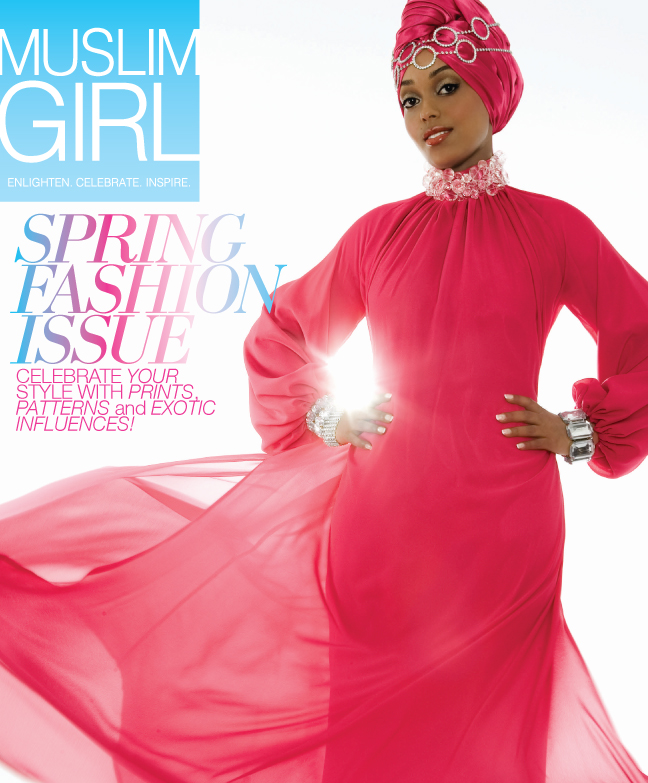
The over 400,000 women, ages 18-24, in the U.S. and Canada who practice Islam have been dutifully represented, bimonthly since 2007, by Muslim Girl magazine, the only beauty and lifestyle publication that targets young females of the faith.
Unfortunately, the mag has not published an issue since this one, above, in the spring of 2008. As Ausma Khan, editor-in-chief, noted in a letter to readers on the Girl‘s web site, the causes are “the current state of the economy and the overall decline in the print industry,” but, also, uniquely, “an advertising industry that is risk-averse to our name and audience.”
I’m personally hoping that Muslim Girl will revive and thrive. Though neither a Muslim nor a girl, I found it an exciting, thought-provoking, and colorful read. Normally, this is the part where most would also probably say something about hoping we can one day live in a country where all people are respected, no matter what their religion, skin color, etc. However, I’m Black.
Magazine or no magazine, Ausma Khan is a smart and analytical thinker on many issues, and especially on ones muslim girls face. That’s why she’s a guest today on this repeat edition of my WBAI-NY / 99.5 FM radio show, NONFICTION, this afternoon, Friday, June 19, 2 pm ET.
 As well, I’ll be speaking with astrophysicist Dr. Janna Levin, right. (You may recall me mentioning her, last week, in my post on whether or not the universe is conscious and alive.)
As well, I’ll be speaking with astrophysicist Dr. Janna Levin, right. (You may recall me mentioning her, last week, in my post on whether or not the universe is conscious and alive.)
She’s giving a lecture here in New York, next week, Tuesday, June 23, 2009, 8:00 PM, at Columbia University’s Lerner Hall, as part of the 8th Edoardo Amaldi Conference on Gravitational Waves. Janna’s talk, Songs from Space: Black Holes and the Big Bang in Audio, will show how physicists are using audio, animation, and other aids to make the wonders of the cosmos more real to regular people. (Check out her cool poster.) Plus, we’ll be playing one or two weird-sounding samples from her talk, in advance, during the broadcast!
You can hear Ausma Khan’s and Janna Levin’s ideas by tuning in at 2 pm. If you’re outside of the New York tri-state area, you can check out our stream on the web. If you miss the live show, fly over to our archives for up to 90 days after the broadcast.
December 2nd, 2008 — Hip-Hop, Radio
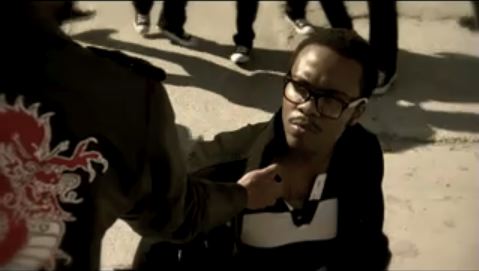
Last week, Farai Chideya, of NPR’s “News & Notes” had on New Orleans native Alvin “Rah Almillio” Lindsey, above, who, with his brother, Kintrell “Krispy Kream” Lindsey, form the hip-hop duo, The Knux. Joining him were Noah Callahan-Bever, editor-in-chief of Complex magazine, and, yours truly.
We were there to discuss a burgeoning style of hip-hop some would say the Knux typify, and that many call “hipster rap,” mostly due to:
Continue reading →
October 16th, 2008 — Journalism, Media, Politics, Radio
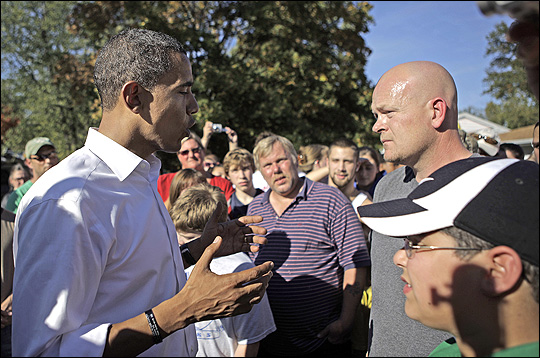
Obama describes a nasty clog in his campaign. Photo by Jae C. Hong
TO: Joe Wurzelbacher, above, the Cincinnati, OH-based plumbing contractor that John McCain and Barack Obama mentioned by name 26 times during their debate last night (five times as many Joe Biden!)
Dear Joe:
I believe you have really great business sense. However, if you immediately follow my Seven Tips for Plumbing the Depths of Success, you are going to truly G-off….
Continue reading →
October 10th, 2008 — Books, NONFICTION, Radio
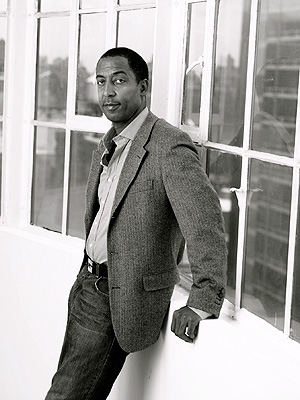 Today’s edition of NONFICTION, my WBAI-NY / 99.5 FM radio show, is a rebroadcast of my conversation with author Trey Ellis, discussing his latest book, Bedtime Stories. It takes place this afternoon, Friday, October 10, at 2 pm ET.
Today’s edition of NONFICTION, my WBAI-NY / 99.5 FM radio show, is a rebroadcast of my conversation with author Trey Ellis, discussing his latest book, Bedtime Stories. It takes place this afternoon, Friday, October 10, at 2 pm ET.
If you’re outside of the New York tri-state, you can check out our stream on the web. If you miss the live show, check out our archive for up to two weeks after broadcast.
August 8th, 2008 — Media, NONFICTION, Radio, Religion

Muslim Girl magazine, published bimonthly since January 2007, targets the 400,000 women, ages 18-24, in the U.S. and Canada, who practice Islam. It’s the only beauty and lifestyle publication that does.
“It’s a huge, niche population that’s very underrepresented,” says Ausma Khan, editor-in-chief of Muslim Girl, and part of the original planning group that created the periodical. “And yet Muslims are in the media all the time, overrepresented in very negative ways, where their stories are constantly being told about them from the outside, and their own voices are very rarely added to the mix.”
Ausma Khan is the guest today on my WBAI-NY / 99.5 FM radio show, NONFICTION, this afternoon, Friday, August 8, 2 pm ET.
Continue reading →
June 23rd, 2008 — Controversy, Entertainment, Humor, Obituary, Pop Culture, Radio

To a great extent, George Carlin is being remembered today for his “Filthy Words” routine, from his album, Occupation: Foole. In 1973, my radio station, WBAI-NY / 99.5 FM, played the bit over the air, resulting in a complaint and, ultimately, in a landmark Supreme Court ruling on free speech and the First Amendment. (“Seven Words You Can Never Say on Television,” on the 1972 album, Class Clown, is a similar piece. Its live recitation on a Milwaukee stage got the comic arrested in that year.)
To me, however, Carlin is possibly most significant in that he was the only white comedian I ever heard use the word nigger in a joke who actually made me really, deeply laugh. (The piece appears in his 1990 “Euphemisms” sketch.)
This is less a testament to his hipness or coolness—he had none, from my perspective—or any acceptance I reserve for white people using that word. All I reserve for any white person, without exception—including Carlin—is the suspicion of racism.
Continue reading →
May 27th, 2008 — Art, Design, Music, Radio

Korean designer Cheol-Ki Jo’s radical redesign of a common houshold radio results in one with no knobs, slide pots, or other usual controls for volume and tuning.
 Instead, users place stones of varied sizes on top of the wood case. Certain circular areas there are designed to electronically register pressure via “load cells,” as seen in the diagram at right.
Instead, users place stones of varied sizes on top of the wood case. Certain circular areas there are designed to electronically register pressure via “load cells,” as seen in the diagram at right.
From unplggd.com:
Depending on the weight being balanced upon the two radial surfaces, the concept unit’s volume and frequency are adjusted, making this less of an actual device and more of an art installation piece. It’s still an interesting idea (“Honey, can you give me back the speckled white stone and the three black pebbles so I can listen to NPR?”).
Art installation piece, or maybe children’s device, generating a true experience of discovery and play? Whatever, it represents some serious top-of-the-box thinking.
May 7th, 2008 — Controversy, Entertainment, Race, Radio
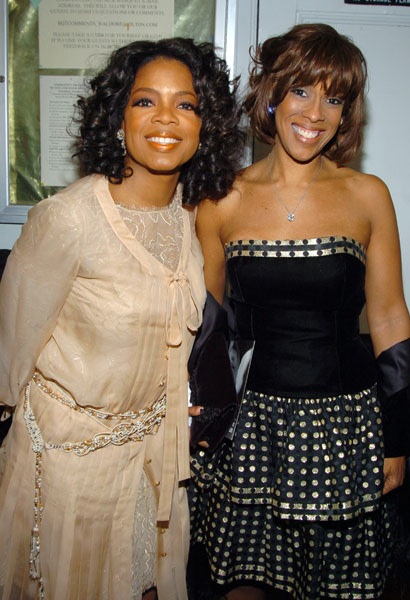
A reported conversation between Oprah Winfrey and BFF Gayle King on XM Satellite Radio, as transcribed and editorialized by listener “Mayme,” and posted to the comments section of Costas Panagopoulos’s Politico.com piece on white viewer flight from Winfrey’s show, after her Obama endorsement.
Reply #1
Date: Apr. 8, 2008 – 12:35 AM ESTIT’S ABOUT TIME THE DUMB “white” HOUSEWIVES WOKE UP FROM THE DAZE !!!
Transcript from Oprah’s XM Sattelite conversation with Gayle:
Gayle King: You could work for some good White folks.
Oprah (in Black slang accent, making fun of her grandmother): I hope you get some good White folks like I did ‘cuz I worked for some good Folks.
Continue reading →










 Soon, Hollywood came calling with movies that required his ultra-hard, visually authentic and tactile designs. (Mead lists his favorite metal as “chrome,” and his favorite color is, gulp,
Soon, Hollywood came calling with movies that required his ultra-hard, visually authentic and tactile designs. (Mead lists his favorite metal as “chrome,” and his favorite color is, gulp, 

 But it was
But it was 
 As well, I’ll be speaking with
As well, I’ll be speaking with 

 Today’s edition of NONFICTION, my WBAI-NY / 99.5 FM radio show, is a rebroadcast of
Today’s edition of NONFICTION, my WBAI-NY / 99.5 FM radio show, is a rebroadcast of 




